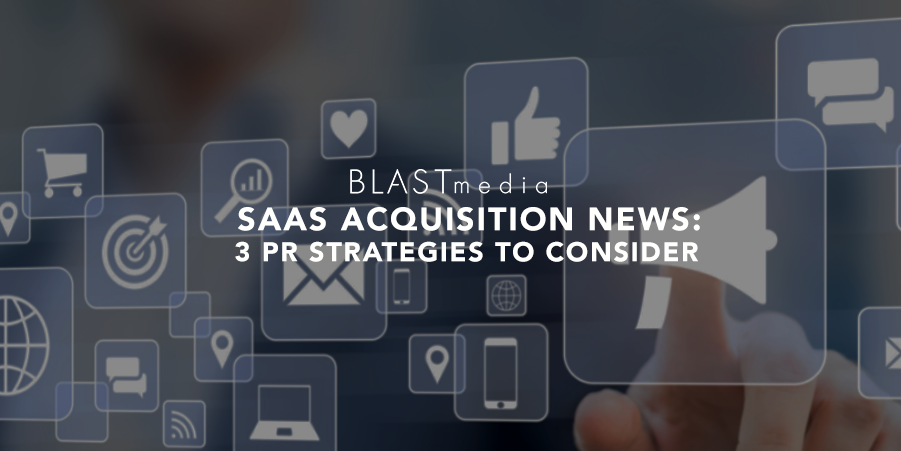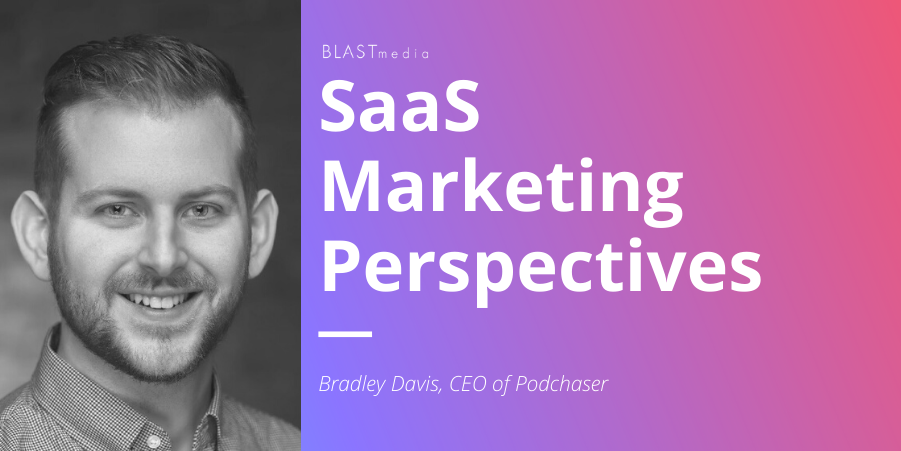Product-led growth (PLG) models have exploded into the SaaS industry, with tech brands like Slack, Airtable and Calendly becoming critical components of our new hybrid working environment. Defined by Openview Partners, who coined the term, PLG is an end user-focused growth model that relies on the product itself as the primary driver of customer acquisition, conversion and expansion. It’s no surprise, then, that PLG brands make up over half of the companies on the 2021 Cloud 100 list.
Developers are the backbone of this model, as these pros build, ship out and improve upon the platforms we use every day. As a marketer or PR professional, if you’re looking to reach developers, you’ll need to keep PLG’s tenets in mind to convince and convert this savvy (and skeptical!) audience.
Skip the buzzwords and go straight to the results
Software developers are experts. They’re deep into the complexities of their own software and will undoubtedly be aware of the challenges and opportunities available to others in their field.
If marketers are building external copy for a dev audience, take a red pen to any mention of buzzwords like world’s first, unprecedented, life-changing, or new paradigm. We’ve all seen late-night infomercials make outrageous promises. The importance of avoiding this dials up to a ten for developers.
Instead, author Adam DuVander told TechCrunch how successful messaging to developers includes, “clear documentation, help getting started and use cases to spark creativity.” The quicker we are to the point, the faster devs will dive in and tinker.
This means one of the common aspects of PR strategies today, contributed thought-leader content, might not be the best approach to getting in front of your developer audience. These types of pieces might be too wordy or read as promotional.
But I’m not saying devs don’t want to hear your thought leader’s perspective. We need to reevaluate where the messaging is going.
Involve yourself in the (real) community
Look beyond the go-to channels to find your dev audience.
Press release wires have their own value, but issuing through PRNewswire and sharing a post on LinkedIn isn’t going to be enough to drive engagement. We’re not talking about underground, Matrix-style hubs, but whether on Twitter, in subreddits, Stack Overflow or DZone communities and Discord channels, you’ve got to dig deep into these communities to understand the day-to-day. This is where you should start having conversations.
And, once you’ve found your niche, your SME’s own voice won’t be enough to check the box. To alleviate any concerns about messaging being overly promotional, put your own customer use cases front and center and have them speak candidly.
This could look like coordinating a webinar where your core buyer sees and hears their problems unfold from the experience of another. You could also tap your customers for media opportunities where they talk about the best practices and tools, like your own tech, that help them do great work. Do this time and time again, though, as your dev audience is going to need proof.
Take the feedback in stride
If you’re a PLG company trying to reach developers, you already recognize the value of feedback on the path to improvement. But, it’s easy to forget this mindset if your team gets negative feedback. Celebrate that as a win too.
Be mindful of what worked and what didn’t: Was the use case clear, or did we offer value? Are we engaging in the right channel? Do we have a community of partners who can help us educate and amplify the initiative?
And, like a developer does, it’s time to move forward and improve.
Want to know how BLASTmedia can help you determine your product-led growth PR strategy? Contact Lindsey Groepper for more details!










